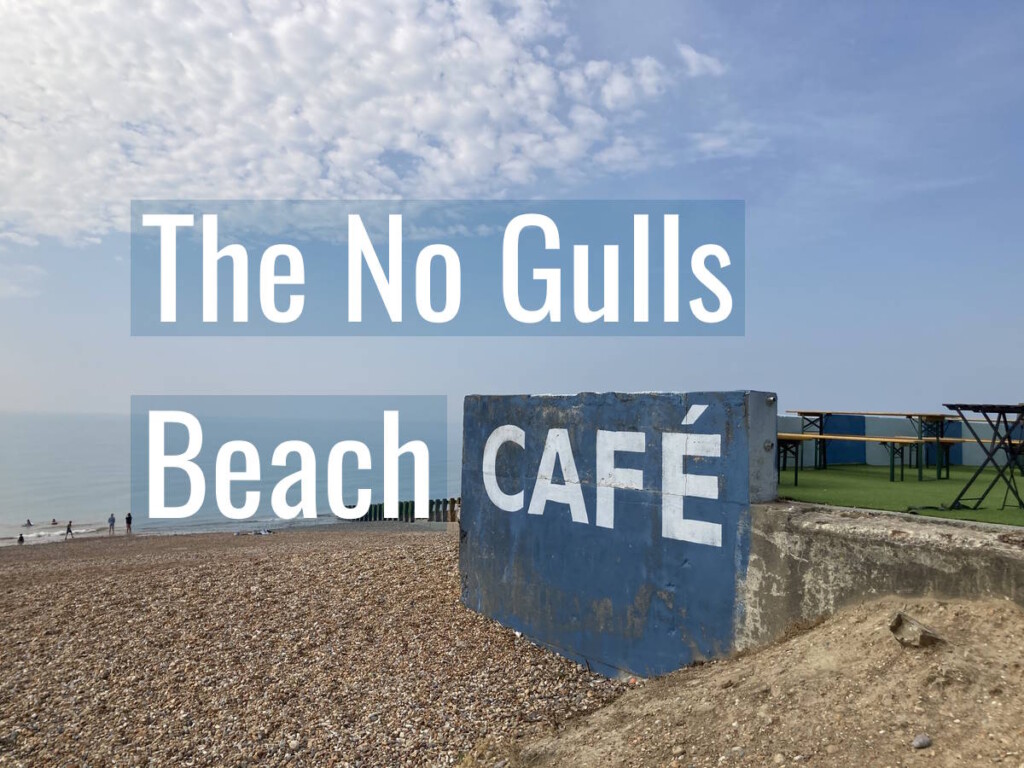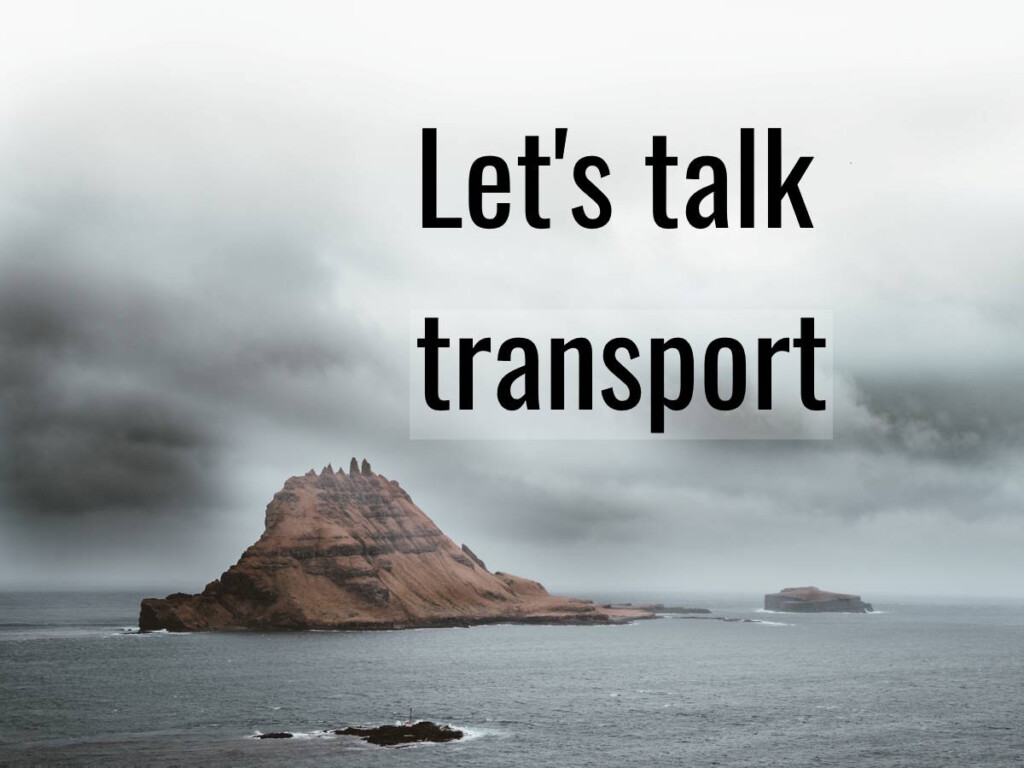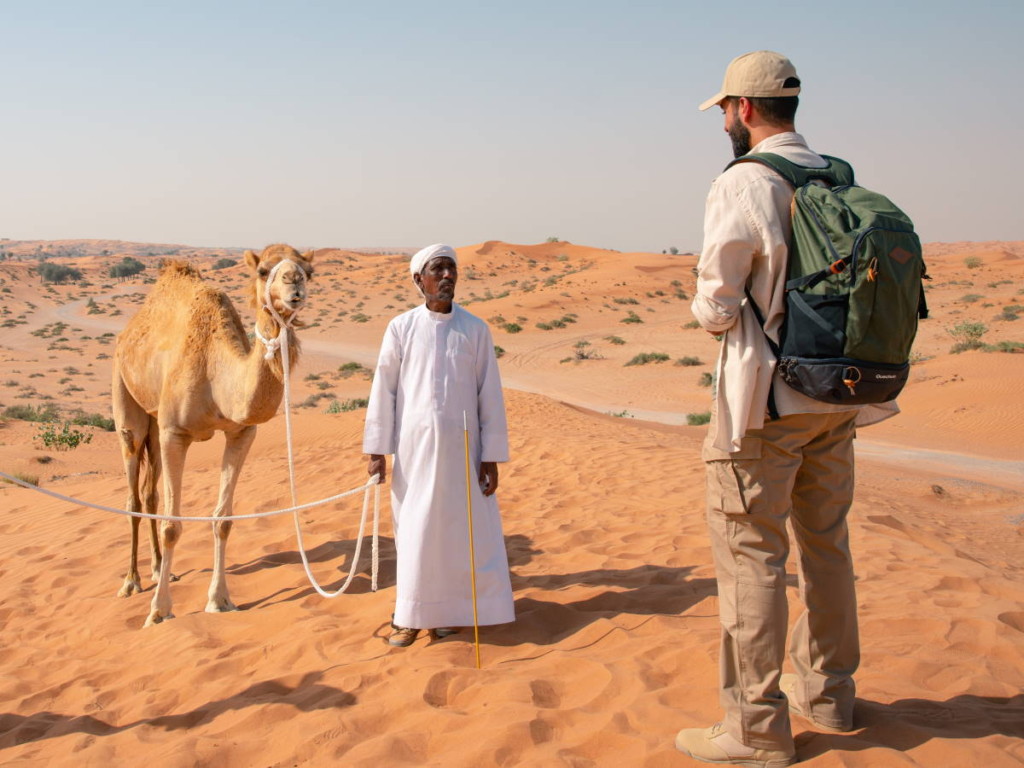Tourism infrastructure and development
Scroll down for posts tagged with “tourism infrastructure and development”.
Tourism infrastructure and development are essential components in the growth of the tourism industry.
The infrastructure that supports tourism encompasses a wide range of facilities and services, including transportation, accommodations, attractions, and amenities such as restaurants, shops, and recreational activities. These elements must be developed in a sustainable manner to ensure the long-term viability of the industry.
Tourism development is a complex process that involves a wide range of stakeholders, including government agencies, private sector entities, and local communities.
One of the primary challenges in tourism development is ensuring that infrastructure and tourism activities are developed in a manner that is sustainable and preserves the reasons why people want to visit in the first place, including the natural and cultural heritage of the destination. This involves careful planning and management to minimise negative impacts on the environment and society, while maximising the positive economic and social benefits for the local communities.
The development of tourism infrastructure can have significant economic benefits for the destination. It can create new jobs and opportunities for local businesses, generate revenue for the government, and stimulate economic growth in the region. However, these benefits must be balanced against the potential negative impacts on the environment and the local community; the extent to which development undermines the attractiveness of the destination.
Tags are informal. The “Good Tourism” Blog tries not to get bogged down with terminology and definitions. You may disagree with tags applied (or not applied) to a post. If so, feel free to comment on any post you think has been incorrectly or insufficiently tagged. “GT” encourages good-faith debate and discussion.






